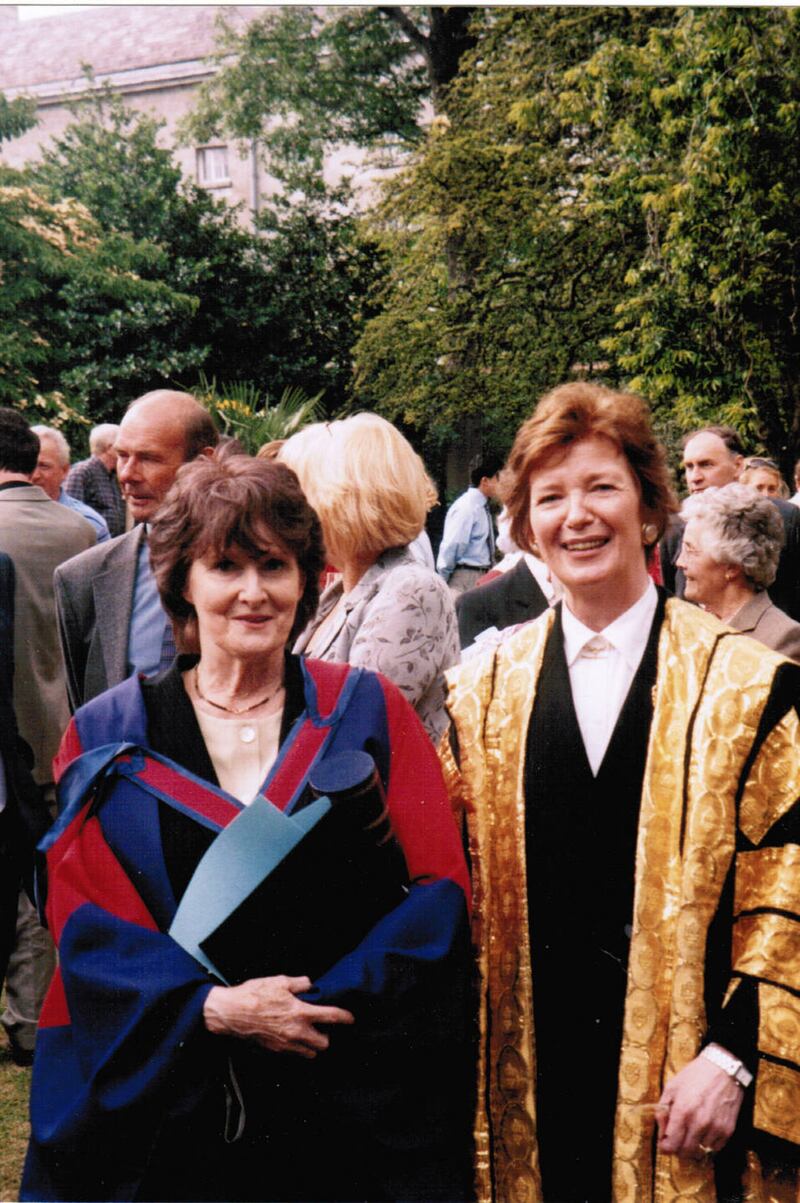An atlas is a collection of maps in a volume. The writer Rebecca Solnit has recently created a series of inventive atlases of American cities. She has described a city as “a machine with innumerable parts made by the accumulation of human gestures”. Trinity can be thought of as a city unto itself, made, like Solnit’s machine, by the gestures of the people who have lived and worked in it over the centuries. But this long history of Trinity’s separate status in the heart of the city, where it occupies some 51 acres of land, has been fraught with complications. Separateness can seem like exclusion, and in Trinity’s case these words have long held meanings in which ideas of place – of boundaries which mark the distance, and the difference, between what is inside and out – carry the heavy load of history and politics.
Our chief guides have been the writers who have approached and represented Trinity through historical accounts, memoir, fiction and poetry, linking it with the world beyond its walls
With all this in mind, we began to wonder how we might remap Trinity – in other words, how we might understand this place differently by looking again at the university through its history, and as it is today. Taking the ideas of writers and theorists like Solnit, Iain Sinclair and Franco Moretti, we wanted to explore questions about how we experience and understand place and space, by exploring Trinity itself. Our chief guides have been the writers who have approached and represented Trinity through historical accounts, memoir, fiction and poetry, linking it with the city, the country, and the world beyond its walls. How different might Trinity seem if we explored it through a literary atlas, which might encourage us to look again at the buildings and objects of the university, to think again about the histories it represents, and to recognise the human gestures of all the people who live, work, and pass through this place every day? Could we then begin to understand Trinity as a place of connection and intersection, as well as a world of its own?
The best way to approach these questions, we thought, was to invite people in to Trinity to explore the place with us. On April 12th and 13th, over the course of a two-day public programme of highly participatory events, we’ll see what the answers might be. Remapping Trinity: A Literary Atlas of the University offers creative and scholarly engagements with the site of the College, and its place within the city. It draws on the knowledge and creativity of writers, artists, lecturers, students and college staff.

Mary Robinson, Chancellor of the University of Dublin, will launch Remapping Trinity with a special reading of Liffeytown, an early poem by her Trinity contemporary Eavan Boland. Participants will be invited to explore Trinity as members of the audience of a promenade theatre performance across the campus, inspired by writing from and about Trinity, performed by current students, and featuring special guest readings from the poets Paula Meehan and Gerald Dawe.
People can also explore the campus individually, taking a specially curated audio tour, prepared by postgraduate students in collaboration with the artist Fiona Hallinan. Both the performance and the tour follow creative maps that have been made by current Trinity students. We think it is vitally important to include the voices and perspectives of students, who continually reinvent the university through their engagement with it, and to bring this youthful creative energy to bear on already-recorded ideas and texts, written over many centuries, that have already shaped the identity of the university.
Workshop sessions will enable participants to explore these ideas in practice: one workshop, on Reading Place, will be led by Niamh NicGhabhann of the University of Limerick, and the other, on Writing Place, by the writer and academic Nathan O’Donnell.
The programme also includes scholarly reflections in a pair of roundtable discussions with experts from a range of disciplines and departments in Trinity. The first, on Trinity’s History and Collections, will feature contributions from the historian David Dickson, the architectural historian Edward McParland, and Jane Maxwell, principal curator in the Old Library at Trinity. The second, on the literary and cultural aspects of campus, will include contributions from Gerald Dawe, poet and professor of English at Trinity, the novelist Caitriona Lally and Rachel McIntyre of the Douglas Hyde Gallery.
Franco Moretti encourages readers of his Atlas of the European Novel to think of the maps in that book as “points of departure” because “a good map should allow for more than one line of thought” and provoke “a further array of interpretive paths: towards a text, a critical idea, a historical thesis.”
If we understand Trinity as a city within a city, we begin to see that there are many points of departure for the map-maker and for the map-reader: many ways in – and many ways out. Remapping Trinity seeks to follow the paths between those entrances and exits, and to invite people to construct their own understanding of the place in doing so. The events and activities of these two days will together form a set of phenomenological maps, by which participants can navigate and engage with Trinity, and reflect on the ways in which they make sense of space, as they devise, adapt and reinforce their own imaginative maps beyond the walls of the university.
Remapping Trinity: A Literary Atlas of the University has been organised by Julie Bates and Rosie Lavan, both lecturers in the School of English in Trinity College Dublin. The official opening, by Mary Robinson, will take place at 10.30am on Wednesday, April 12th, in the Trinity Long Room Hub. Events are taking place all day on April 12th and 13th as part of the official programme for Trinity Week 2017. All events are free and everyone is warmly welcome to attend and participate. See remappingtrinity.wordpress.com for more details.










